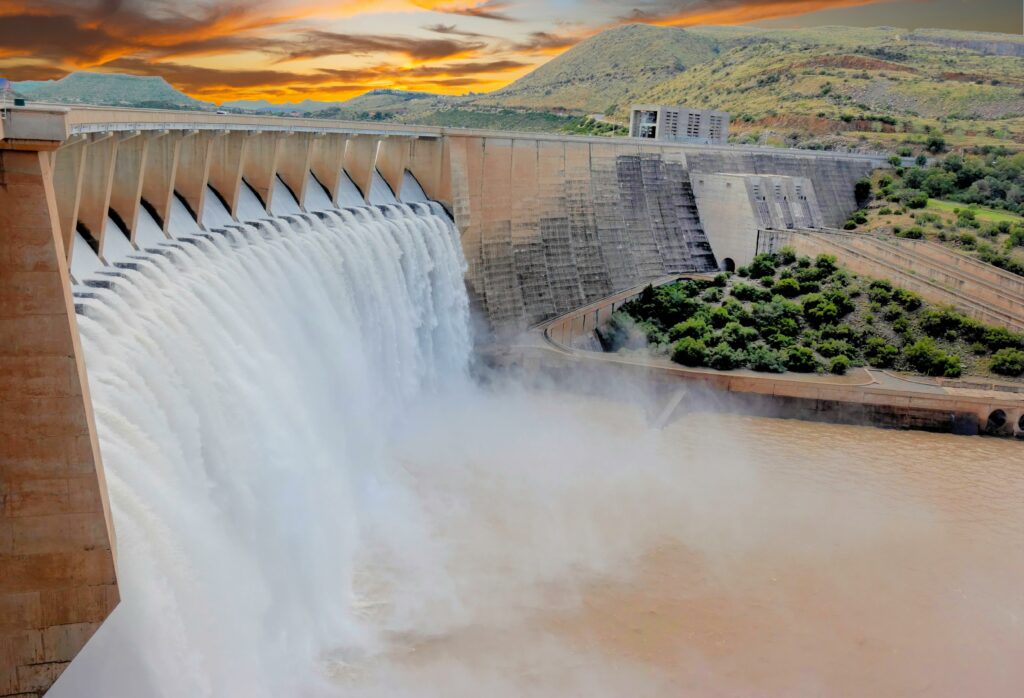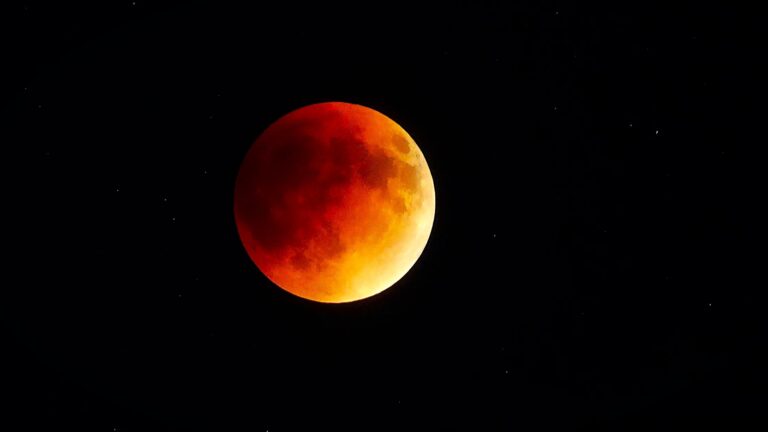
Ever looked up at the night sky and seen curtains of green, purple, or red shimmering across the horizon? Those mesmerizing displays, known as the Northern Lights (Aurora Borealis) in the Northern Hemisphere and Southern Lights (Aurora Australis) in the south, are nature’s response to powerful solar storms bombarding Earth’s magnetic field.
What Triggers a Geomagnetic Storm?
- Solar Explosions: The Sun occasionally hurls massive waves of charged particles toward Earth in events called coronal mass ejections (CMEs) or solar flares.
- Earth’s Magnetic Shield: When these particles slam into our planet’s magnetosphere, they create a chain reaction, disturbing Earth’s magnetic field.
- Light Show Activation: The energy from these storms funnels particles toward the poles, where they collide with gases in the atmosphere, causing them to glow—resulting in the spectacular auroras we see from the ground.
Beyond Beauty: The Impact of Geomagnetic Storms
- Satellite Chaos: GPS navigation, communication networks, and even the internet can experience disruptions.
- Power Grid Overloads: Intense storms induce electrical currents in power lines, occasionally causing blackouts.
- Astronaut Alert: High-energy radiation from solar storms poses a risk to astronauts and high-altitude flights.
Chasing the Northern Lights
- Peak Solar Cycles: Auroras are most active during periods of high solar activity, roughly every 11 years.
- Post-Solar Storm Windows: If a powerful CME heads toward Earth, auroras may appear in unusual places, even as far south as the U.S. or Europe.
- Perfect Conditions: For the best experience, head to dark, clear-skied locations near the Arctic or Antarctic.






